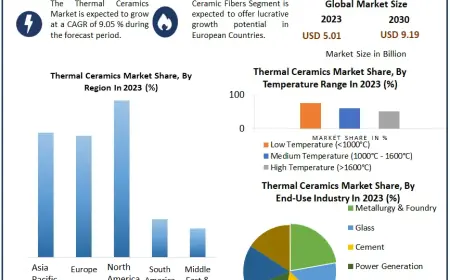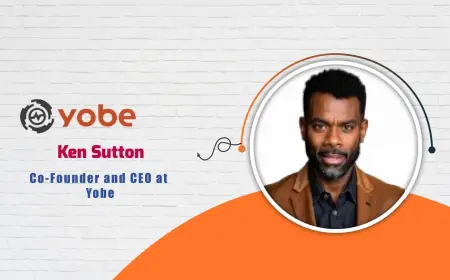Spotify has transformed the way we enjoy music, connecting millions of listeners to their favorite songs with just a tap. For artists, however, the platform represents more than just convenience—it’s a key revenue source. But how much does a single stream really pay? Many listeners might not realize the complexities behind Spotify’s payout system and the challenges artists face in earning a living from their music. This article delves deep into Spotify’s royalty model, its impact on artists, and what listeners can do to support their favorite musicians effectively.
How Spotify’s Financial Model Works
To understand how much a stream is worth, it’s essential to first look at Spotify’s overall revenue system. Spotify generates income from two main sources: subscriptions and advertising. Premium subscribers pay a monthly fee, while free-tier users listen to ads in exchange for access to the platform. These revenues are pooled together to form the base from which artists are paid.
However, the way Spotify distributes its income isn’t as straightforward as splitting it evenly among streams. The platform uses a pro-rata model, where payouts depend on an artist's share of total streams during a given period. This means the more streams a song garners relative to others on the platform, the higher its payout.
Breaking Down the Numbers
On average, a Spotify stream pays between $0.003 and $0.005. While this might seem minuscule, the scale of Spotify’s user base makes it a significant revenue channel for top-tier artists. For example, a track that racks up a million streams could generate anywhere from $3,000 to $5,000 in royalties.
But these numbers are not the full story. Spotify doesn’t pay artists directly. Royalties are first distributed to rights holders, which typically include record labels, publishers, and distributors. Artists only receive a portion of this payout, often split based on their contractual agreements. Independent musicians who own their rights tend to earn a larger share compared to those signed to major labels.
What Listeners Don’t See
While Spotify is an excellent tool for discovery and promotion, the reality for many artists—especially independent and emerging ones—is that per-stream payouts are often insufficient to make a sustainable income. For instance, an indie artist might need millions of streams each month to cover basic living expenses, a feat that can be difficult without substantial marketing or a strong fan base.
Moreover, geography plays a significant role in determining payouts. Streams from premium subscribers in regions like the United States or Europe are often worth more than those from free-tier users or listeners in countries with lower subscription rates. These disparities mean that artists with a predominantly global audience may see inconsistent earnings from streams, even with a large following.
The Hidden Challenges of Spotify Royalties
One of the main critiques of Spotify’s payout system is its reliance on the pro-rata model. In this system, the majority of revenue goes to the most-streamed artists, leaving smaller or niche musicians with a tiny fraction of the overall pool. Critics argue that this approach exacerbates inequalities, making it harder for independent artists to compete with globally dominant acts.
Additionally, Spotify’s focus on playlists has shifted the way music is consumed. While playlists can drive enormous streams for included songs, they also create a dependency for artists who may struggle to gain traction outside curated lists. This dynamic further complicates earnings for musicians who don’t fit the mainstream mold.
Supporting Artists Through Ethical Streaming
As a listener, there are ways to ensure your streams have a positive impact on the artists you love. Choosing a premium subscription not only enhances your listening experience but also contributes more to the royalty pool compared to ad-supported free-tier streams.
Additionally, engaging directly with an artist’s work—whether by purchasing their music, attending concerts, or buying merchandise—can make a significant difference in their income. Many artists also use platforms like Bandcamp, where fans can purchase albums or songs directly, ensuring more revenue goes straight to the creators.
The Bigger Picture of Spotify in the Music Industry
While Spotify’s payout system has its challenges, it’s undeniable that the platform has revolutionized access to music. For artists, it offers unparalleled exposure and the ability to reach a global audience. However, exposure alone isn’t enough. As the industry evolves, there is growing pressure on streaming platforms to implement fairer royalty models, such as user-centric payouts, where a subscriber’s fee is distributed only to the artists they stream.
Listeners also play a crucial role in shaping this ecosystem. By being conscious of their streaming habits and supporting their favorite artists in multiple ways, fans can help create a more equitable environment for musicians.
Conclusion
Spotify streams hold both tangible and symbolic value for artists. While the monetary payout per stream might seem small, the platform provides a bridge between musicians and their audience, enabling discovery and connection. However, for many artists, sustainable income requires more than streaming revenue alone. As listeners, we have the power to make a difference by supporting artists through subscriptions, merchandise purchases, and other direct avenues.
Ultimately, the value of a Spotify stream goes beyond its dollar amount—it’s a testament to the bond between creators and fans in the digital age. By understanding the dynamics of Spotify’s royalty system, we can all contribute to a more supportive and thriving music community.

 Like
0
Like
0
 Dislike
0
Dislike
0
 Love
0
Love
0
 Funny
0
Funny
0
 Angry
0
Angry
0
 Sad
0
Sad
0
 Wow
0
Wow
0















































